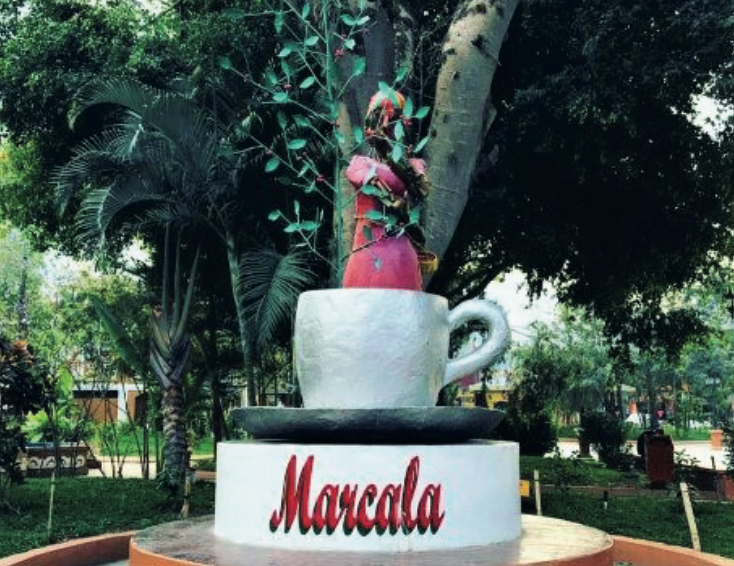THE REGION
This Coffee Region covers almost the entire department of La Paz, the North-East of the Intibucá department & the North-West of the Comayagua department. Through all of these departments lie the mountain range of Montecillos, and it is expanded North-West to South-East for about 131 km.
The region has a tropical climate with two marked seasons: A dry season that begins in January and ends in April; February being the driest month. The cold rainy season starts in May and ends in October. Two types of ecosystems are clearly defined; Cloudy Forests and Pine Forests, distributed throughout most of its extension, mixed in some areas with timber trees such as oaks, cedars and liquid ambars.

FARMERS
La Paz people claim to have Coffee in their blood; when they remember their childhood years, the first thing that comes to their memories is the image and aroma of a steaming cup of coffee. With nostalgia they evoke their first visits to the coffee farms during the cold days of December and the adventures lived there.
Almost the entire population within La Paz Region are coffee farmers by tradition that have spent their entire life in their small home towns and who characterized by being simple, humble and very hard-working people.
During the year they yearn for “the season” which is the popular name for the coffee bean harvesting and processing period in our country. The harvest days are characterised by the movement of people and the presence of vendors whom, with their products and trinkets fill every corner and markets of their little towns.
Between 1838 and 1877, due to the closeness with the Republic of El Salvador, the local farmers saw themselves bound to export their Coffee via the Salvadoran port of La Union, where it was exported to Europe. This exchange allowed the entry of many foreigners, especially Germans, who contributed to the cultural blend and at the same time, improved growth of the region.
SHG
SHG (Strictly High Grown) specifies that the coffee was grown at an altitude around 1500 meters and higher. Coffee grown at a higher altitude and lower temperature produce a slower maturing fruit and denser beans; which creates a more desirable specialty cup and generally, more expensive, than coffees grown at lower elevations; this classification is higher than HG.












